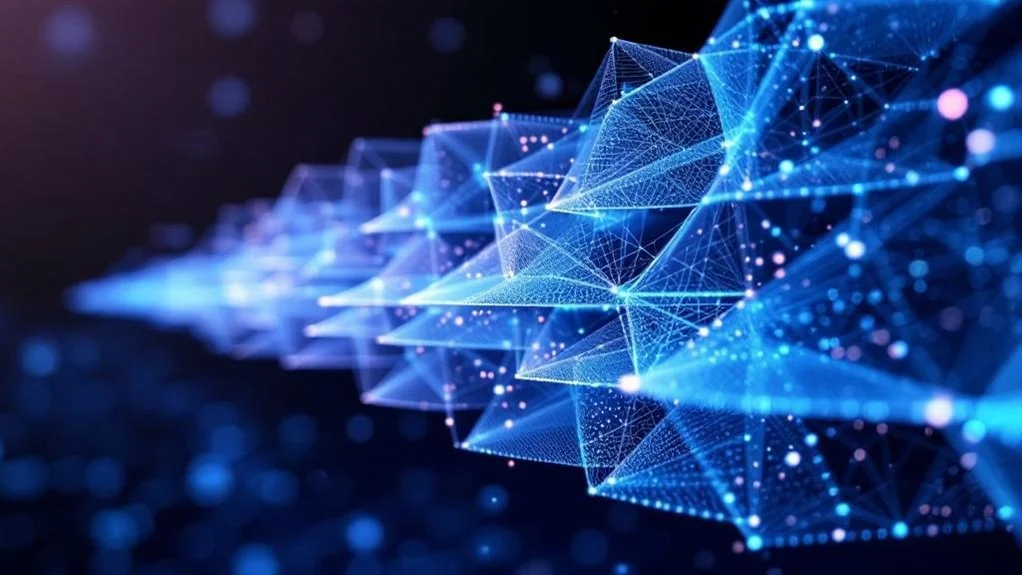A convolutional neural network (CNN) processes images similar to how the human brain analyzes visual information. It breaks down images into smaller pieces and analyzes them through multiple layers of processing. Each layer detects different features, from simple edges to complex patterns. CNNs use special filters and pooling layers to identify important elements while reducing unnecessary data. This powerful architecture enables computers to recognize objects, faces, and other visual patterns in increasingly sophisticated ways.

Convolutional Neural Networks (CNNs) are powerful computer systems that process information similarly to how the human brain analyzes visual data. These networks excel at analyzing images by breaking them down into smaller pieces and identifying important patterns. CNNs use multiple layers of processing to transform raw image data into meaningful classifications or predictions.
The basic structure of a CNN includes several distinct layer types working together. The input layer receives the initial data, such as a digital image. Convolutional layers then apply special filters, called kernels, that slide across the image to detect features like edges, colors, and textures. These filters create feature maps that highlight important aspects of the image. A CNN’s efficient architecture significantly reduces parameter count compared to traditional neural networks. As information moves deeper into the network, the detected features become more complex, progressing from simple lines and shapes to entire objects.
CNNs process images through layered filters, transforming simple visual elements into complex feature recognition as data moves through the network.
Between the convolutional layers, pooling layers help reduce the size of the data while keeping the most important information. This process makes the network more efficient and helps it focus on the most relevant features. The most common type of pooling takes small sections of the feature maps and keeps only the strongest signals, making the network more resistant to small changes in the input image. The development of GPU-based implementations in the 2000s dramatically accelerated CNN training and processing capabilities.
The network processes data in three dimensions: width, height, and depth. The depth dimension represents different features or channels, similar to how a color image has red, green, and blue channels. As data moves through the network, the spatial dimensions (width and height) typically get smaller, while the depth dimension often increases, representing more complex features.
At the end of the network, fully connected layers take all the detected features and combine them to make final decisions. These layers work like a traditional neural network, connecting every neuron to all neurons in the previous layer. The network uses this information to perform tasks like identifying objects in photos or detecting faces in security cameras.
The network learns through a process called training, where it adjusts its filters automatically to improve accuracy. During training, the network processes thousands of examples and gradually refines its ability to detect important features.
Special mathematical functions called activations help the network learn by controlling how information flows between layers. This learning process allows CNNs to become increasingly accurate at their assigned tasks over time.


